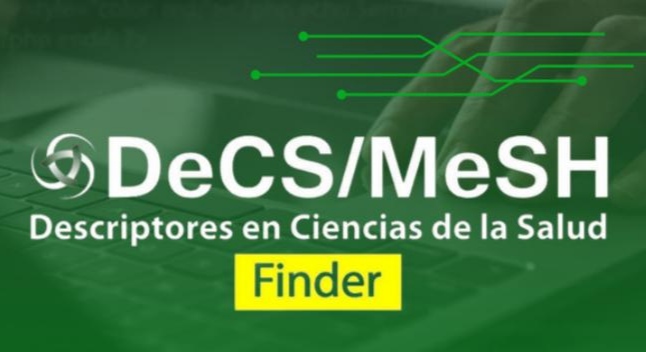La increíble espirulina
Resumen
Según la Organización de las Naciones Unidas para la Alimentación y la Agricultura (FAO),1 la Espirulina, es una bacteria primitiva surgida hace aproximadamente 3.5 mil millones de años que ha adquirido la habilidad de utilizar el dióxido de carbono disuelto en el agua salada como fuente de nutriente para su reproducción. Es un Cianofito Fotosintetizador (cianobacteria) que crece vigorosamente bajo fuerte iluminación solar, a gran altura y en condiciones muy alcalinas.1 Aunque existen otras “cianobacterias” con propiedades similares, la familia de la Espirulina, cuyo término más aceptado desde 1997 es Artrospira, posee dos especies fundamentales la A. Máxima y la A. Platensis.Descargas
Citas
Habib MAB, Parvin M, Huntington TC, Hasan MR. A review on culture, production and use of spirulina as food for humans and feeds for domestic animals and fish. 2008. Fao Fisheries and Aquaculture Circular [Internet]. 2008 [citado 6 May 2017];1034. Disponible en: ftp://ftp.fao.org/docrep/fao/011/i0424e/i0424e00.pdf
Lupatini AL, Colla LM, Canan C, Colla E. Potential application of microalga Spirulina platensis as a protein source. Journal of the Science of Food and Agriculture [Internet]. 2016 [citado 6 May 2017] Disponible en: http://onlinelibrary.wiley.com/doi/10.1002/jsfa.7987/full
Abdulqader G, Barsanti L, Tredici M. R. Harvest of Arthrospira platensis from Lake Kossorom (Chad) and its household usage among the Kanembu. Journal of Applied Phycology [Internet]. 2000 [citado 6 May 2017];12:493-498. Disponible en: http://link.springer.com/article/10.1023/A:1008177925799
Sasson, A. Micro Biotechnologies: Recent Developments and Prospects for Developing Countries. BIOTEC Publication 1/2542 (11–31). Place de Fontenoy, Paris. United Nations Educational, Scientific and Cultural Organization (UNESCO). 1997.
Lupatini AL, Colla LM, Canan C, Colla E. Potential application of microalga Spirulina platensis as a protein source. Journal of Science of Food and Agriculture [Internet]. 2016 [citado 16 Ene 2017];97(3). Disponible en: http://onlinelibrary.wiley.com/doi/10.1002/jsfa.7987/full
Liu Q, Huang Y, Zhang R, Cai T, Cai Y. Medical Application of Spirulina Platensis Derived C-Phycocyanin. Evidence-Based Complementary and Alternative Medicine [Internet]. 2016 [citado 16 Ene 2017];6. Disponible en: http://www.nature.com/articles/srep34564
Ouhtit A, Ismail MF, Othman A, Fernando A, Abdraboh ME, El-Kott AF, Azab YA, et al. Chemoprevention of Rat Mammary Carcinogenesis by Spirulina. Am J Pathol. 2014;184:296e303.
Liao G, Gao B, Gao Y, Yang X, Cheng X, Ou Y. Phycocyanin Inhibits Tumorigenic Potential of Pancreatic Cancer Cells: Role of Apoptosis and Autophagy. Scientific Reports [Internet]. 2016 [citado 16 Ene 2017];6:34564. Disponible en: http://www.nature.com/articles/srep34564
U.S. Department of Health and Human Services. Assessing Cardiovascular Risk: systematic evidence review from the risk assessment work group, 2013. Seattle: National Institutes of Health; 2013.
Nagaoka S, Shimizu K, Kaneko H, Shibayama F, Morikawa K, Kanamaru Y, Otsuka A, et al. A novel protein C-phycocyanin plays a crucial role in the hypocholesterolemic action of Spirulina platensis concentrate in rats. J Nutr. 2005;135:2425–2430.
Serban MC, Sahebkar A, Dragan S, Stoichescu-Hogea G, Ursoniu S, Andrica F, Banach M. A systematic review and meta-analysis of the impact of Spirulina supplementation on plasma lipid concentrations. Clin Nutr. 2016 Aug;35(4):842-51.
Ministerio de Salud Pública. Anuario Estadístico de Cuba 2015 [Internet]. La Habana: MINSAP; 2015 [citado 20 Ene 2017]. Disponible en: http://files.sld.cu/dne/files/2016/04/Anuario_2015_electronico-1.pdf














